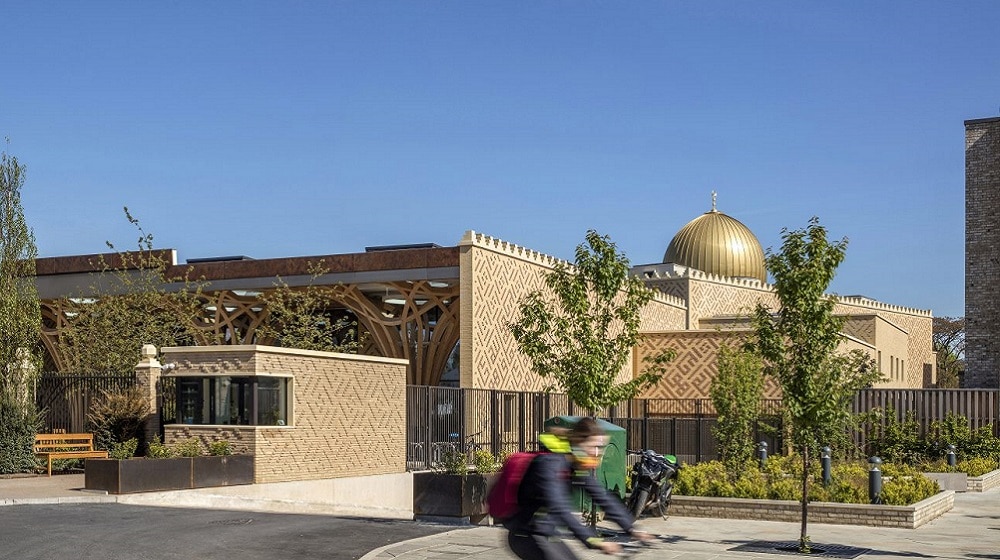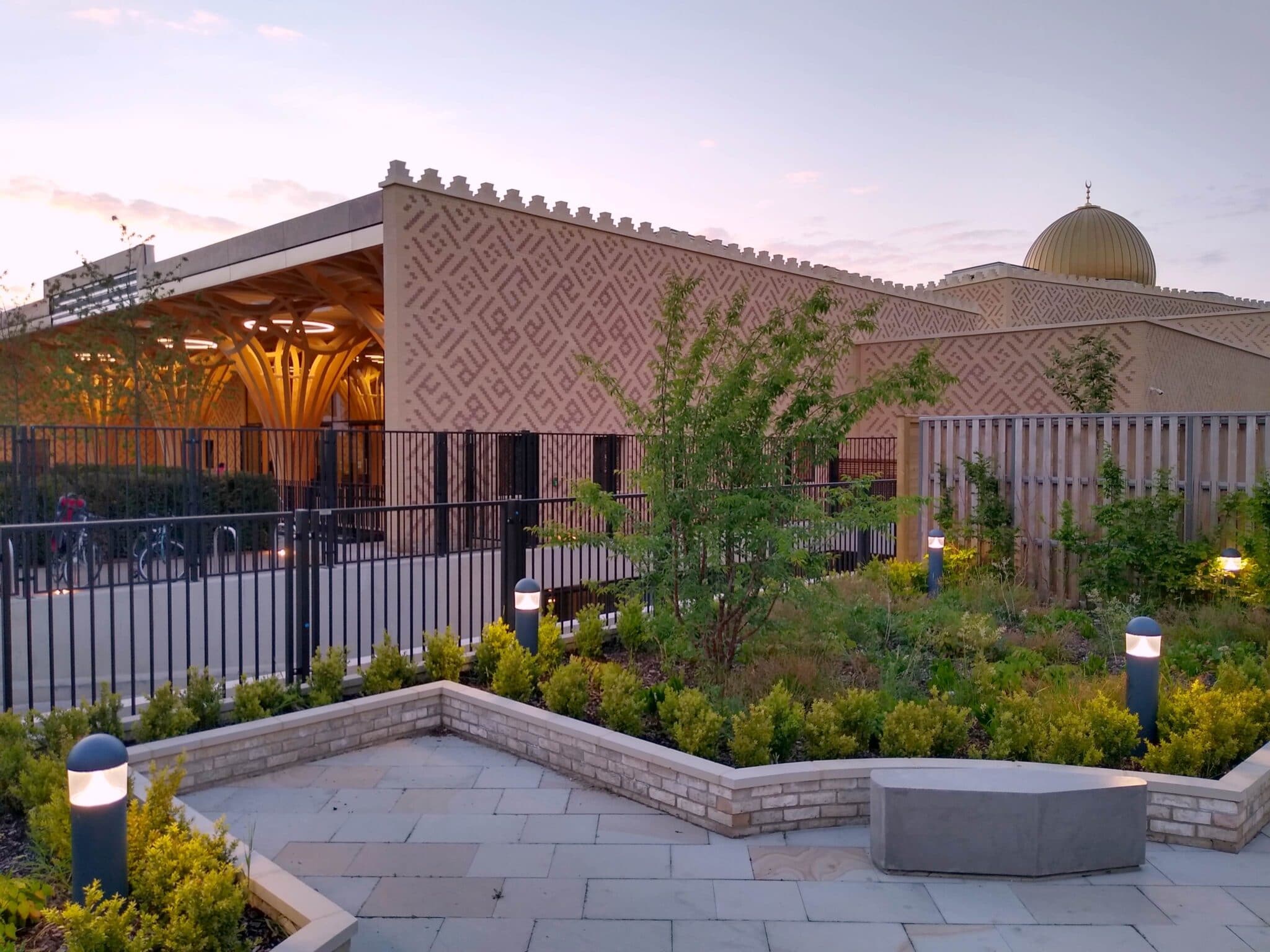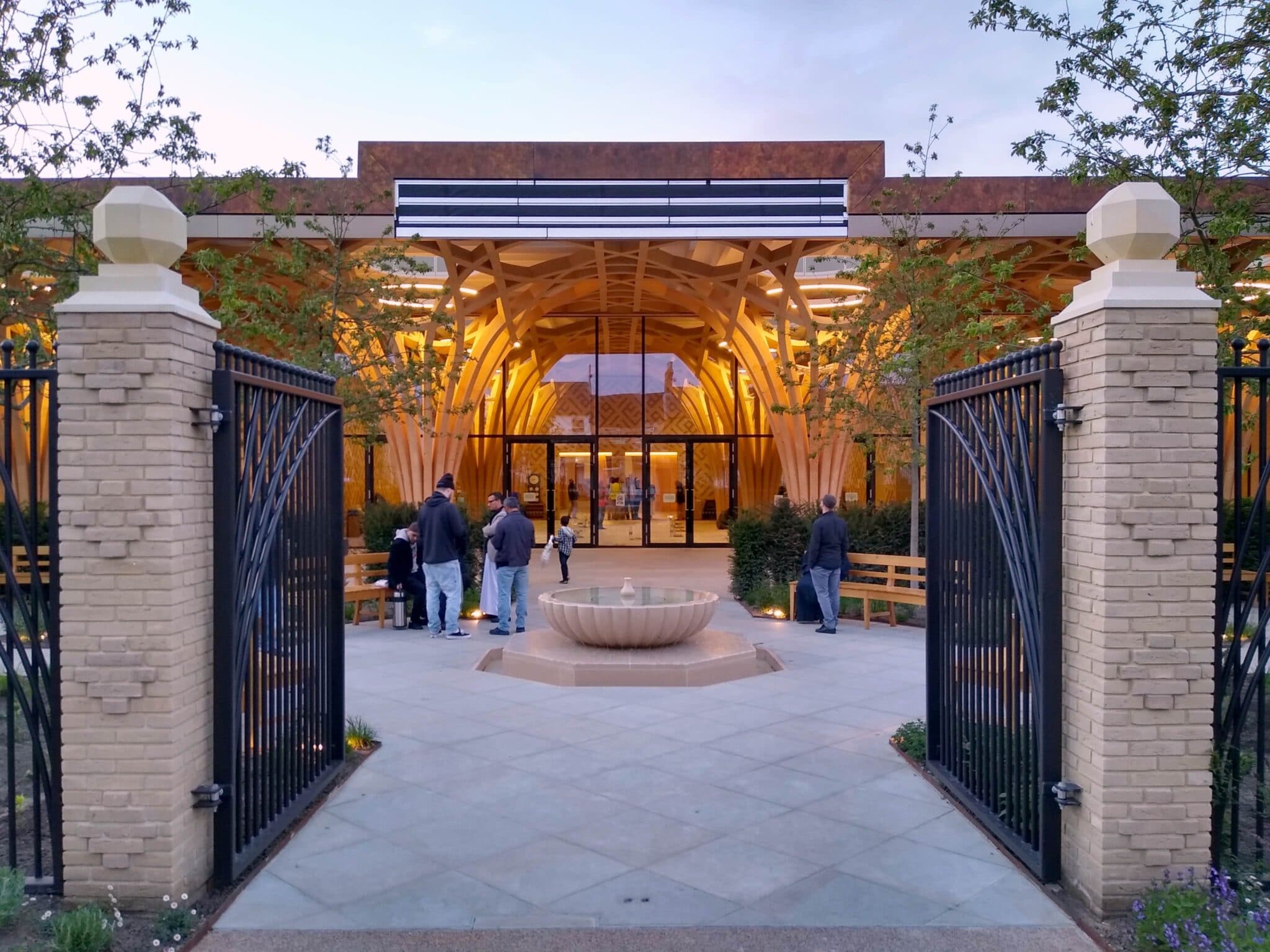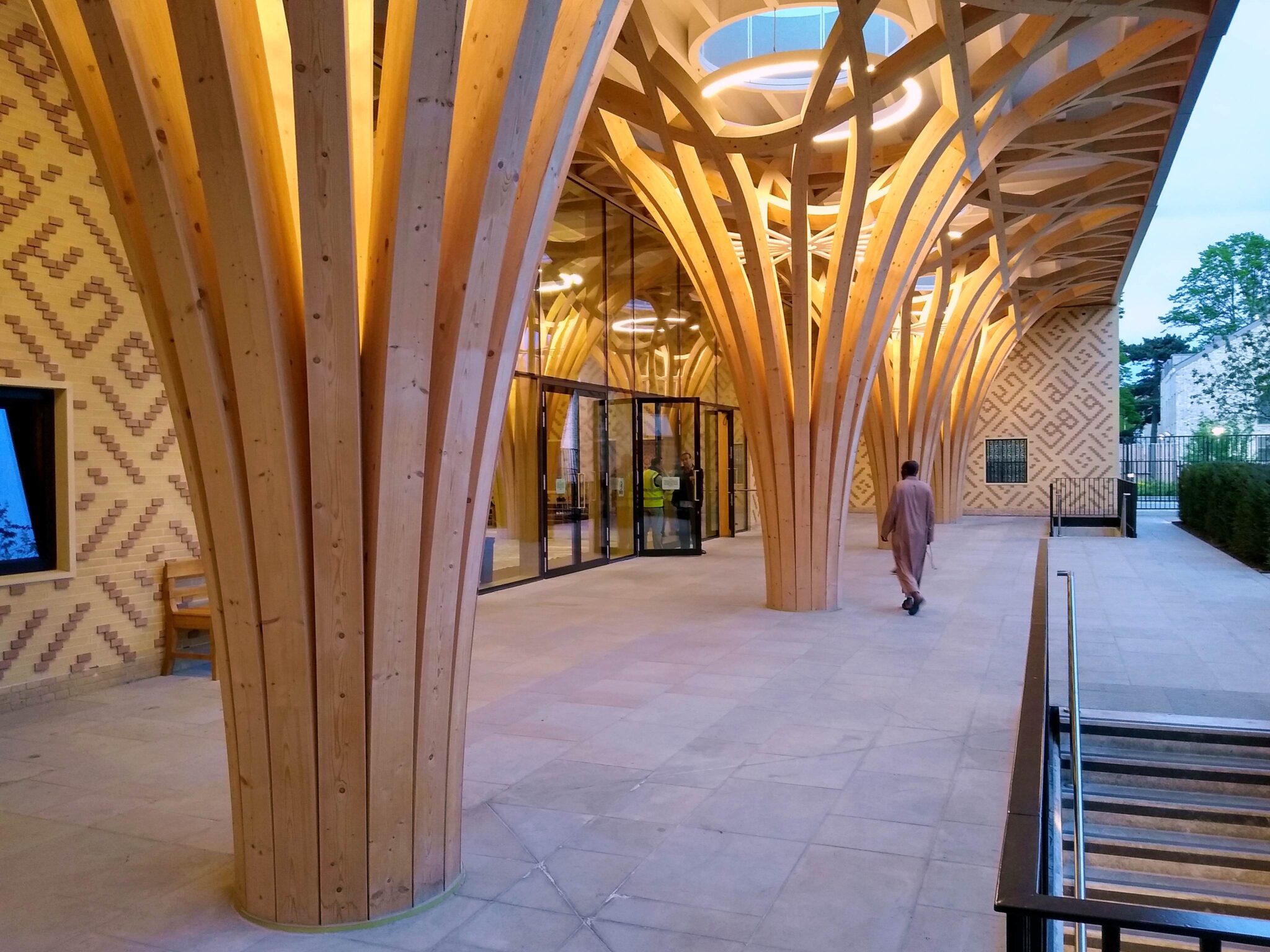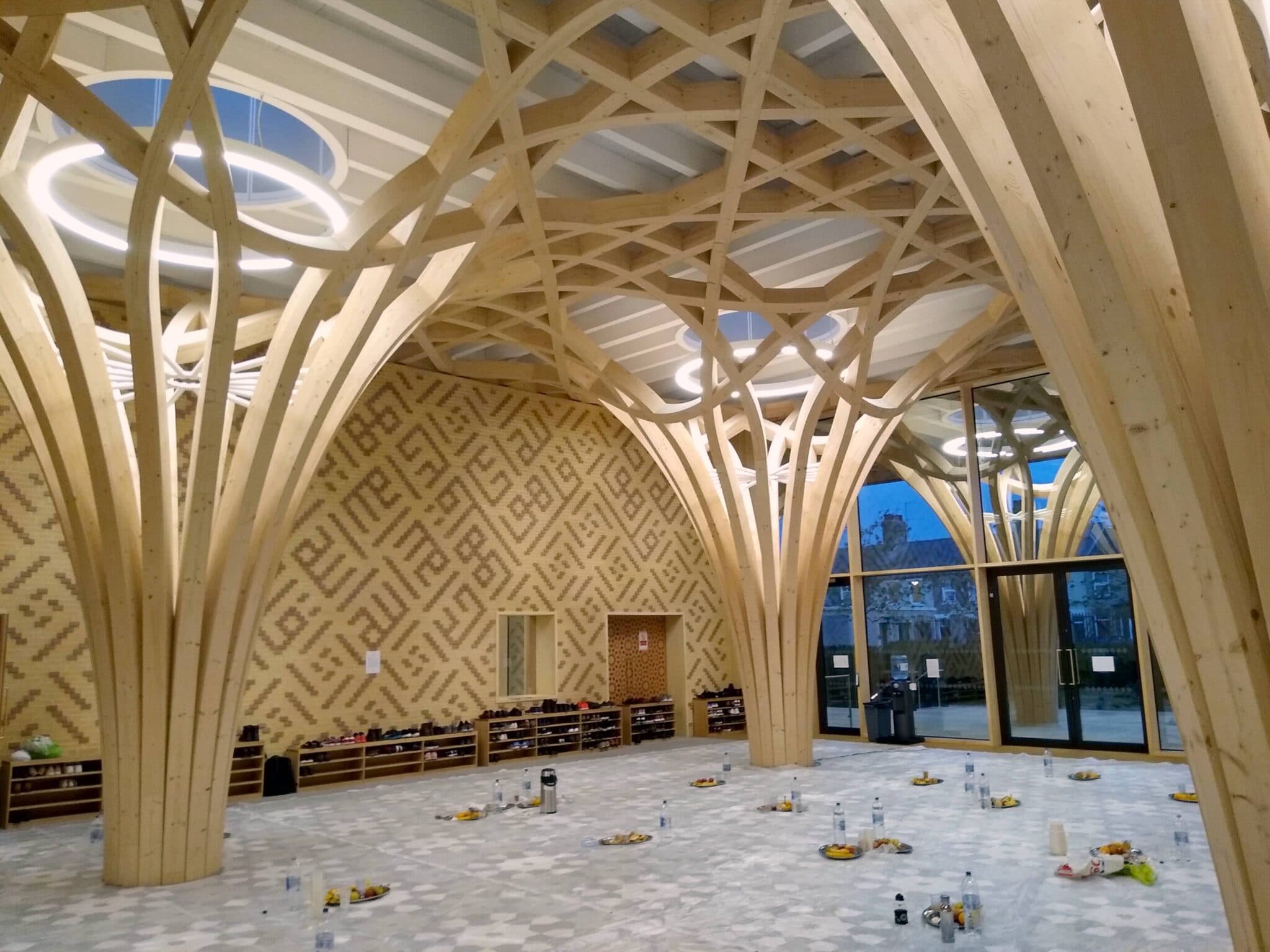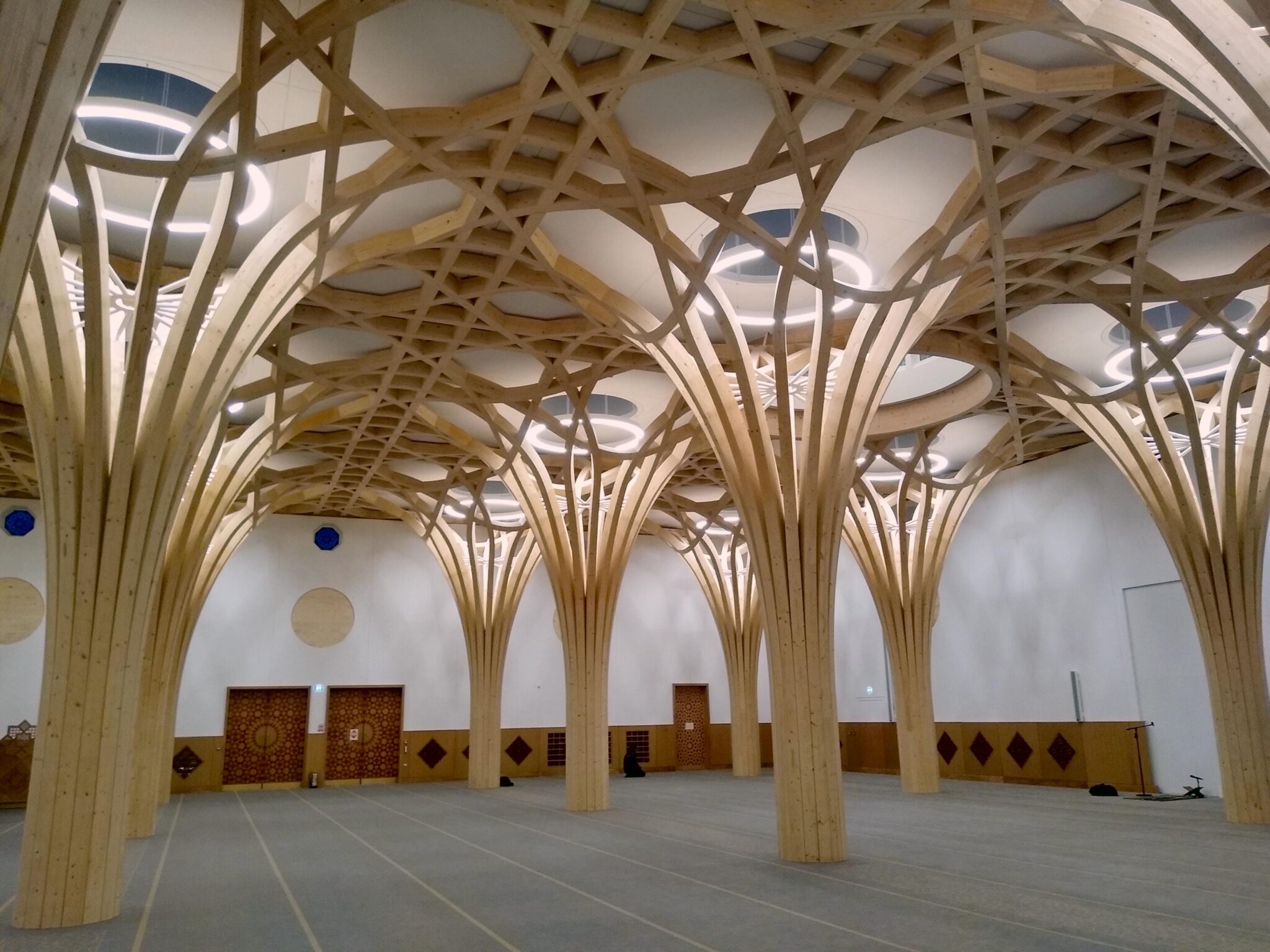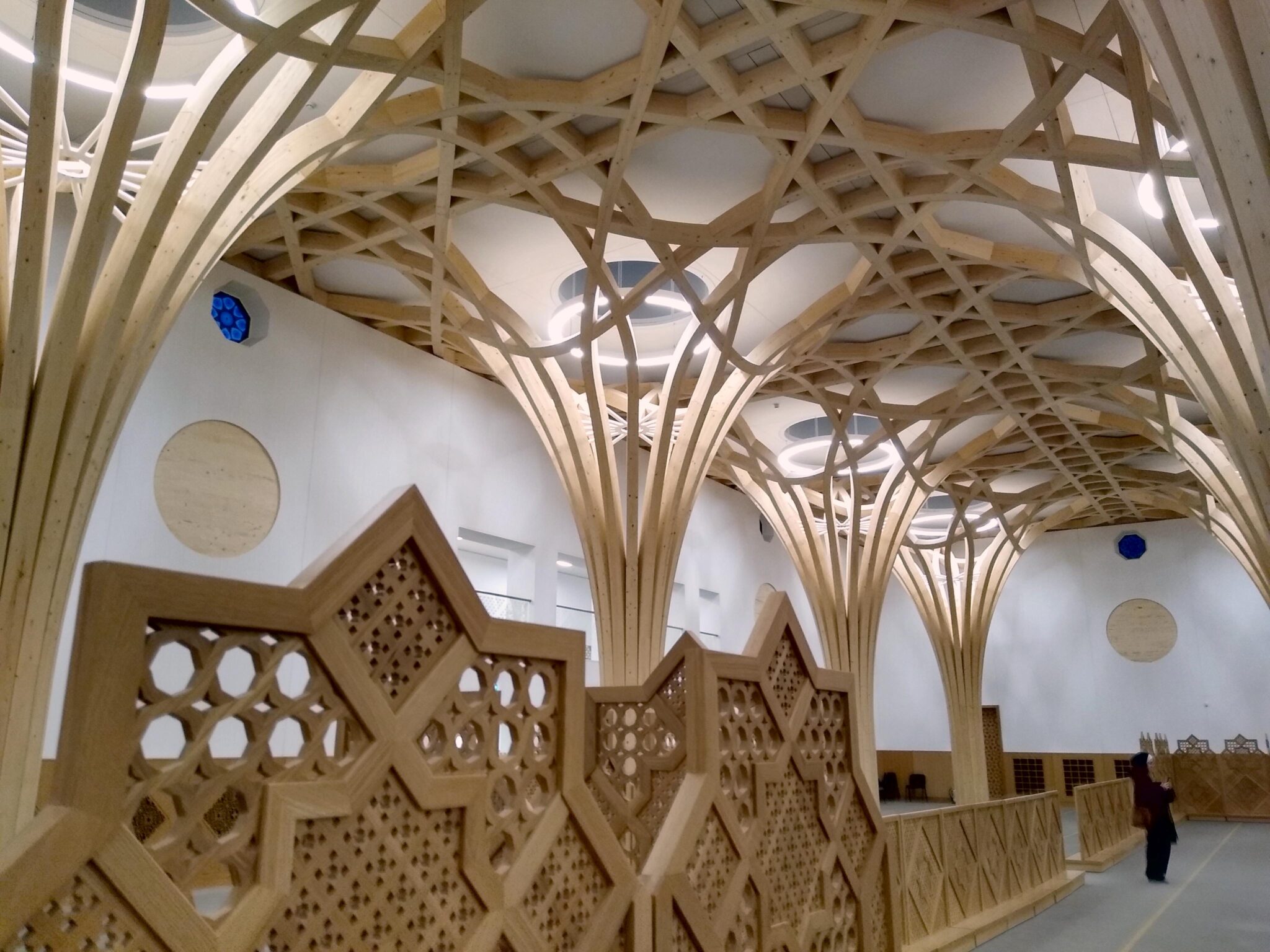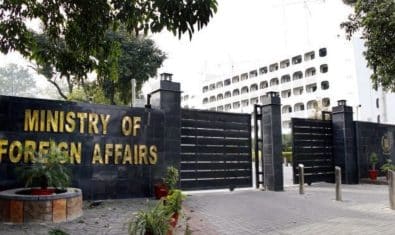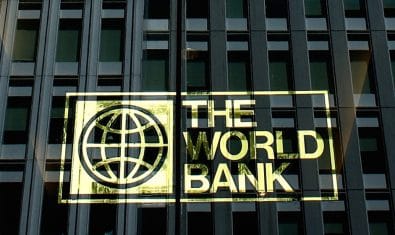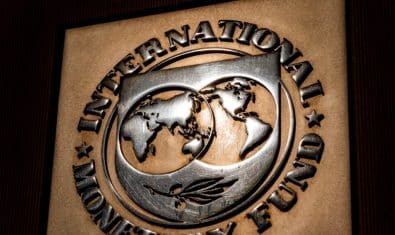The Cambridge Central Mosque has been nominated for the 2021 Stirling Prize, the UK’s most prestigious architecture award given to the architects of the building that has made the greatest contribution to the evolution of architecture in the past year.
Royal Institute of British Architects (RIBA) organizes the annual award which has been named after the famous British architect, James Sterling.
According to details, a total of six buildings have been shortlisted for the 2021 Stirling Prize. These are Cambridge Central Mosque, Tintagel Castle footbridge, Windermere Jetty Museum, Kingston University London Town House, Key Worker Housing, and 15 Clerkenwell Close.
Goldsmith Street council housing in Norwich that was designed by Mikhail Riches and Cathy Hawley won the Stirling Prize in 2019. The 2020 edition of the awards was postponed till 2021 due to Coronavirus. Whereas, the 2021 Stirling Prize will be announced on 14 October.
About Cambridge Central Mosque
Designed by Marks Barfield Architects, the Cambridge Central Mosque combines the traditional Islamic and modern English architectures to reflect a 21st-century mosque.
The mosque is situated in a low-rise and residential neighborhood of Cambridge and is capable of accommodating more than 1,000 worshippers at a time.
Its most telling internal feature is the timber trees which form the structural support for the roof and the roof lights. The trees were developed by the renowned geometric artist, Keith Critchlow.
Although simple and modest, the underlying geometry of the Cambridge Central Mosque reminisces the architectural pattern of Fosters’ Stansted Airport and King’s College Chapel.
The external red walls of the mosque’s central prayer hall use Cambridge Gault, a traditional brick used for aesthetics. The protruding headers of the hall form a pattern of Arabic Kufic calligraphy that reads “say he is Allah (the) one.”
Besides, the mosque is environmentally sustainable. Thanks to timber, low carbon concrete, and natural insulation, the mosque emits zero carbon, which is in line with RIBA 2030 Climate Challenge.
Moreover, the mosque consumes extremely low water because it is located in the water-stressed area of East Anglia, which is in line with the RIBA 2030 Climate Challenge as well.
The Central Cambridge Mosque is a demonstration of how architecture can embody religious and cultural philosophy and traditions while utilizing sustainable and contemporary materials.
Here are some of the images of the Cambridge Central Mosque.
